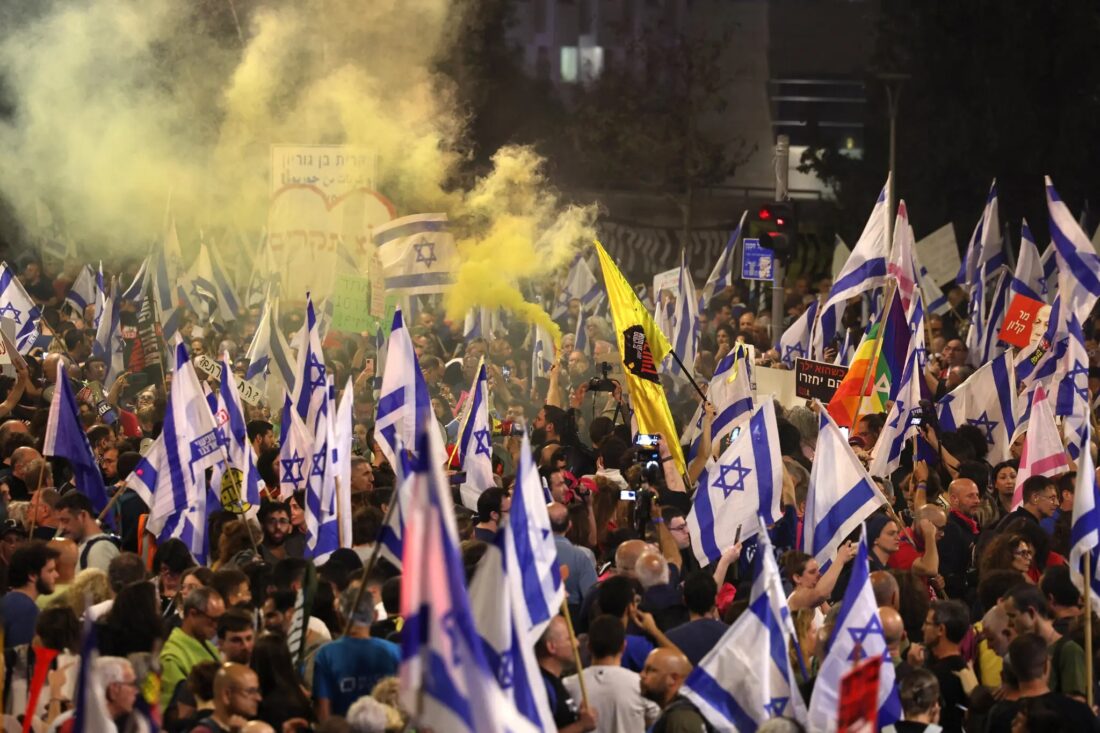
Figure 1 – Protest in Israel calling for early elections (Source: The New York Times)
Last week’s blog was focused on the present weaponization of the term “genocide.” This blog will focus on the recent weaponization of antisemitism — specifically, the relationship of the opposition to the policies of revenge war that the government of Israel is conducting in Gaza in response to the October 7, 2023 massacre of Israeli civilians.
Last week’s blog also detailed my sensitivity to these issues, so I strongly recommend reading last week’s blog before reading this one. The net result of the present atmosphere is that antisemitism now is a real threat and Jews everywhere are afraid:
Jews are Afraid Right Now!
By Sheila Katz
In one city, two are dead. In another, 12 were wounded. Two horrific attacks against the Jewish community in less than two weeks.
For over 600 days, since the Hamas attacks of Oct. 7, the conditions in the United States for deadly antisemitic acts have grown. At rallies and on campuses, in coalition rooms and online spaces, slogans sometimes directly drawn from Hamas’s terrorist manifesto have been chanted and painted on placards, and shouted from stages and in the streets. “Globalize the intifada.” “By any means necessary.” “From the river to the sea.” “Zionists out.” These are not simply words; they can be interpreted as calls for violence.
The call was heeded on May 21 by a shooter who took the lives of Sarah Milgrim and Yaron Lischinsky outside a Jewish event in Washington. The call was heeded on Sunday, on the eve of the Jewish holiday of Shavuot, by someone firebombing a peaceful Jewish march in Boulder, Colo., calling for the release of hostages held by Hamas. Several older protesters, including at least one Holocaust survivor, were left critically injured. The victims were targeted because they were at Jewish events.
To many Jews, like myself, these attacks are terrifying, but not shocking. Antisemitism is surging. When antisemitic rhetoric is left unchecked, it costs lives and leaves others fighting for theirs.
I encountered antisemitism before October 7, 2023 and I wrote about my experiences (see the December 3, 2019 and February 11, 2020 blogs). After October 7, 2023, and President Trump’s inauguration in January 2025, antisemitism acquired much more complexity. This blog will focus on the Israeli connection to antisemitism. The American connection was well covered in Senator’s Schumer’s new book “Antisemitism in America: a Warning,” published this year by GCP Grand Central. I strongly recommend reading that book, irrespective of readers’ background.
The antisemitic mail that I received and described in the February 11, 2020 blog included Figure 2. I am also citing my response below:

Figure 2 – the antisemitic mail I received
Indeed, the writing at the bottom of the cartoon above talks about the suffering of the Palestinians. For me, however, the images sting much worse than the writing. They are based on old, anti-Semitic tropes and their message is clear: if the Nazis had finished their job and murdered all Jews, the Palestinian problem wouldn’t exist. That is anti-Semitism reduced to its essence.
Figure 2 was obviously triggered by the Palestinian-Israeli conflict, but the 2019 and 2020 blogs did not focus on that connection. This blog will.
Let me start with the definition of antisemitism. Unlike genocide, there is no specific crime of antisemitism. However, there is a widely accepted definition from the IHRA (International Holocaust Remembrance Alliance):
Antisemitism is a certain perception of Jews, which may be expressed as hatred toward Jews. Rhetorical and physical manifestations of antisemitism are directed toward Jewish or non-Jewish individuals and/or their property, toward Jewish community institutions and religious facilities.
The same publication specifies the connection between antisemitic behavior and anti-Israel behavior:
Manifestations might include the targeting of the state of Israel, conceived as a Jewish collectivity. However, criticism of Israel similar to that leveled against any other country cannot be regarded as antisemitic. Antisemitism frequently charges Jews with conspiring to harm humanity, and it is often used to blame Jews for “why things go wrong.” It is expressed in speech, writing, visual forms and action, and employs sinister stereotypes and negative character traits.
What is IHRA? Here is how they describe themselves:
The International Holocaust Remembrance Alliance (IHRA) is an intergovernmental organization with 35 Member Countries and 8 Observer Countries. Founded in 1998 by former Swedish Prime Minister Göran Persson, we address issues related to the Holocaust and genocide of the Roma.
There is a strong tendency by many to want to free themselves from the boundaries of the IHRA definition. This is similar to the many voices that want to free themselves from the 1948 Genocide Prevention Convention’s definition of genocide and the original Lemkin definition that were described in earlier blogs. This relates to my perspective in the context of genocide: I view such efforts as a weaponization of the concept. Below is Wikipedia’s description of the weaponization of antisemitism:
The exploitation of accusations of antisemitism, especially to counter anti-Zionism and criticism of Israel, is sometimes called weaponization of antisemitism.[1] Claims of weaponizing antisemitism have arisen in various contexts, including the Arab–Israeli conflict and debates over the concept of new antisemitism and the IHRA definition of antisemitism.[2][3]
Charges of antisemitism made in bad faith have been described as a form of smear tactic[4] and likened to “playing the race card“,[5] and when used against Jews has been said to take the form of labeling as “self-hating Jews“.[6]
The charge of weaponization has itself been criticized, with scholars of contemporary antisemitism saying it is a common rhetorical device and trope employed across the political spectrum to delegitimize concerns about antisemitism, particularly in anti-Zionist discourse on the left.[7]
One frightening example of this weaponization has been the Trump government’s attack on faculty and students who express objections to Israel’s almost indiscriminate attacks on Gaza in response to the October 7, 2023 massacre:
Denouncing Antisemitism, Trump Also Fans Its Flames
By Peter BakerPresident Trump’s effort to punish Harvard over antisemitism is complicated by his extensive history of amplifying white supremacist figures and symbols.
In other words, it’s hard to believe that President Trump is actually concerned about antisemitism but it’s a powerful charge to level at an institution, and therefore a useful weapon for his administration.
As I mentioned in the last blog, I am a dual citizen of Israel and the US. I grew up in Israel, I got all my formal education there, and I have many family members and friends there. I have a WhatsApp group text with Israelis that I grew up with, all around my age (86). Before October 7th, politics was a relatively small component of our conversations there. Not anymore. The discussion is focused on objections to the present government’s war policies; almost as a single voice, the group’s opinion can be summarized as follows: “Bring back the Israelis that were kidnapped during October 7th—both the dead and those still alive. Stop the war now, if that is the price that needs to be paid.” Some in the group have pointed out that the 60,000 casualties that the revenge on Gaza has now claimed, all have names, just like the kidnapped Israelis that are constantly being named. There have also been many voices calling on the government to stop the war because of the price that it is currently taking on Israel (both economically and politically). I have not heard many voices calling to stop the war purely because of the toll it is taking on the Palestinians. The thinking of “it’s either us or them” is common, and fits in with the genocide exchanges that were described in last week blog.
Almost all the polls in Israel are unified in finding that if an election were called now, 60% would vote to throw the current government out of power. The photo at the top of this blog is an example of the intensity of these feelings. That is the main reason that the government is doing everything it can to avoid the need for early elections.
The majority of Israelis are now against their government. In some quarters they are called “self-hating” Jews. In other quarters, the attitude is labeled as “antisemitic.” There are also those who see this as patriotic.
Next week’s blog will be the last attempt to connect the Holocaust experience to the present reality. It will focus on the practice in certain quarters of using the Holocaust as a shield to cover aspects of present realities.


 Figure 1 – Genocidal massacres in the Spanish conquest of the Americas (Source:
Figure 1 – Genocidal massacres in the Spanish conquest of the Americas (Source: 
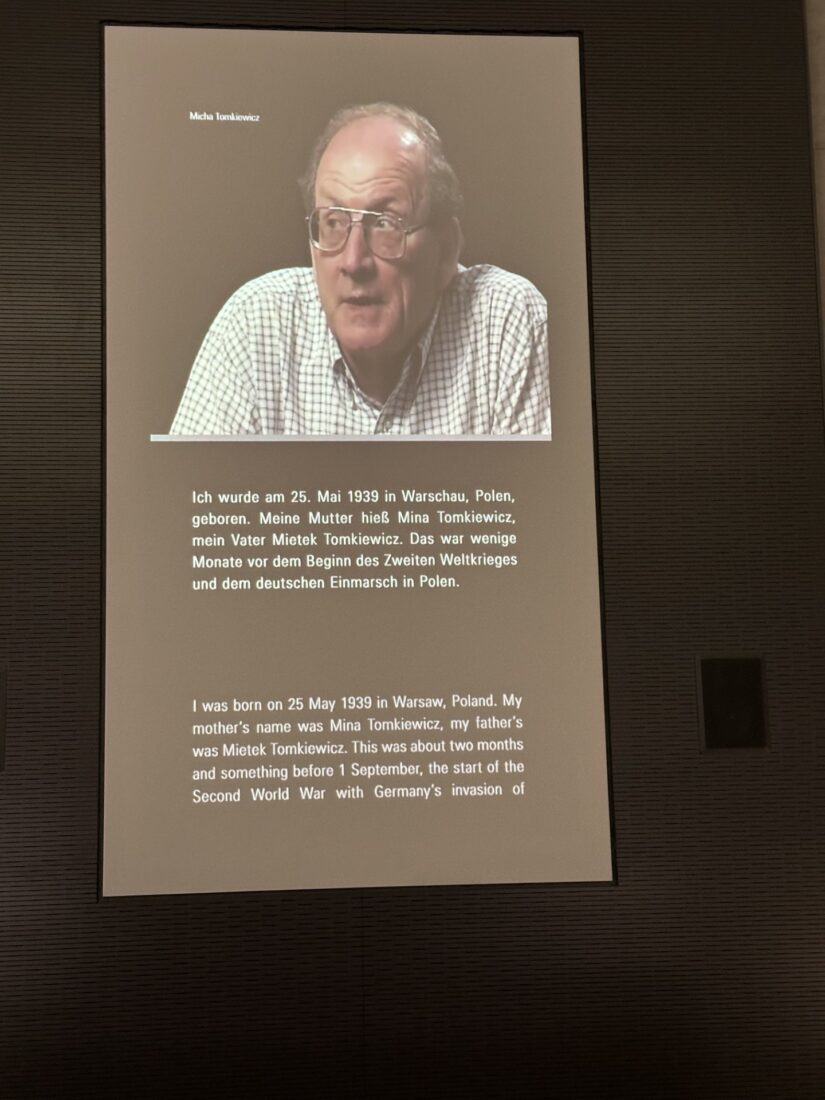





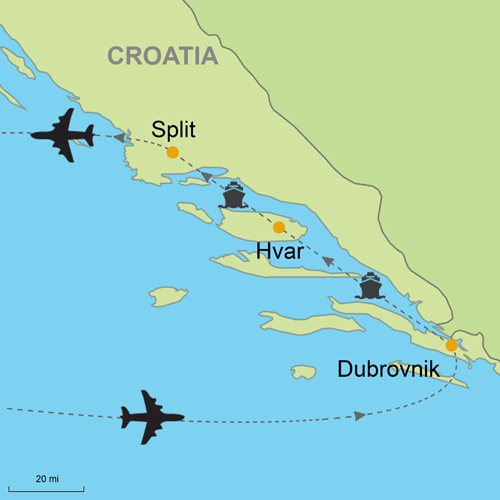

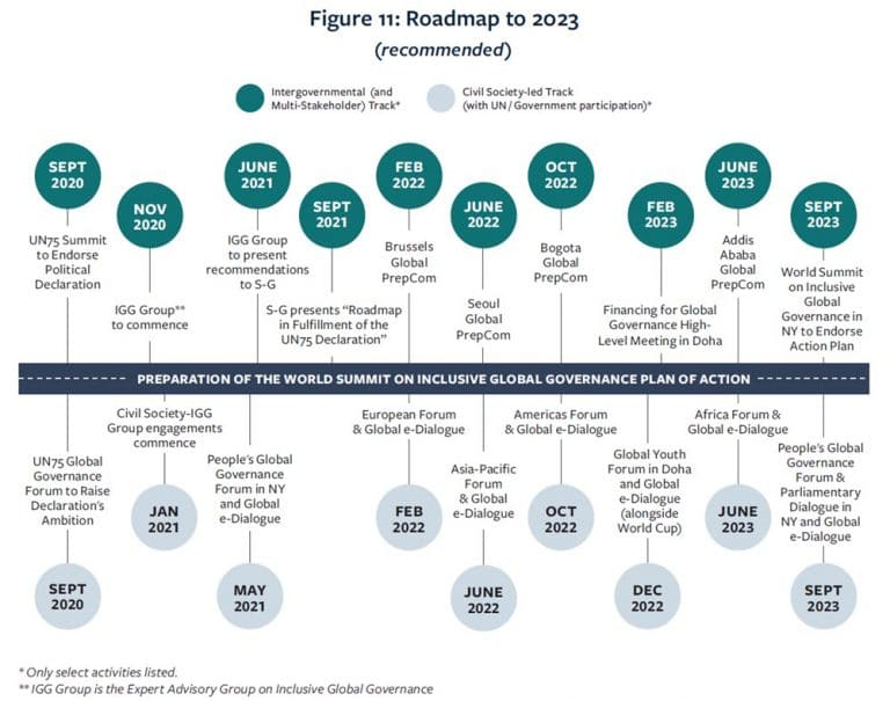

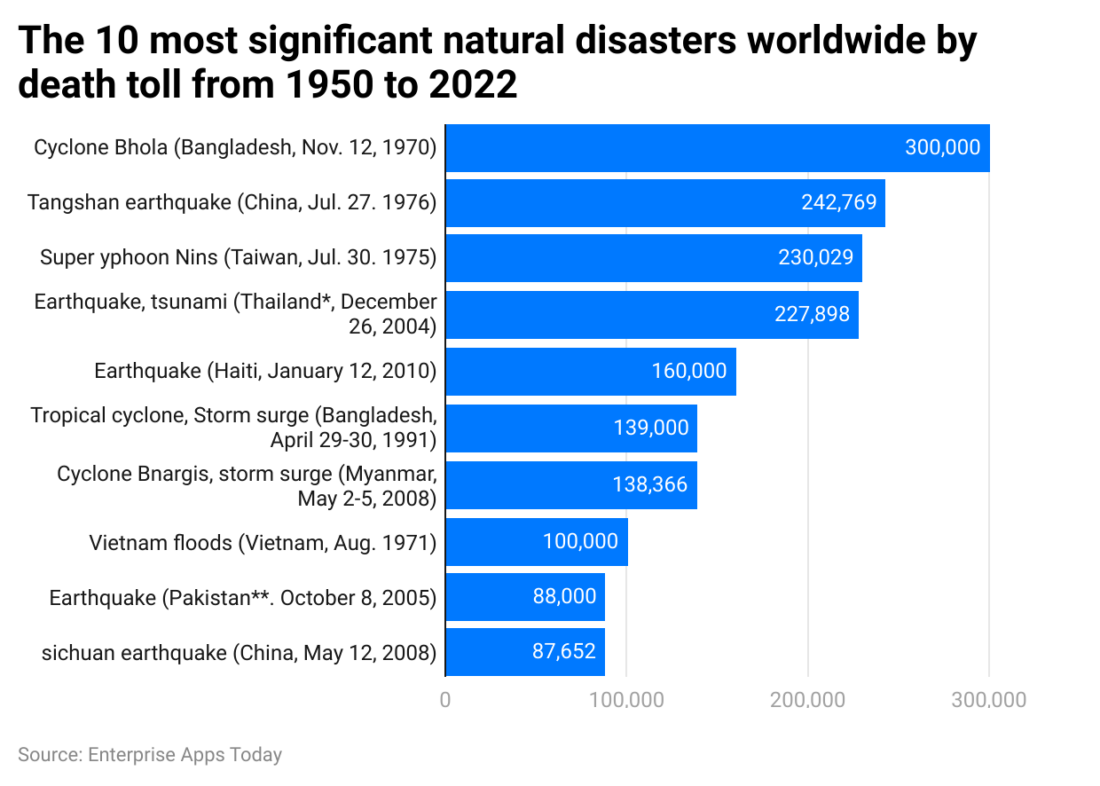
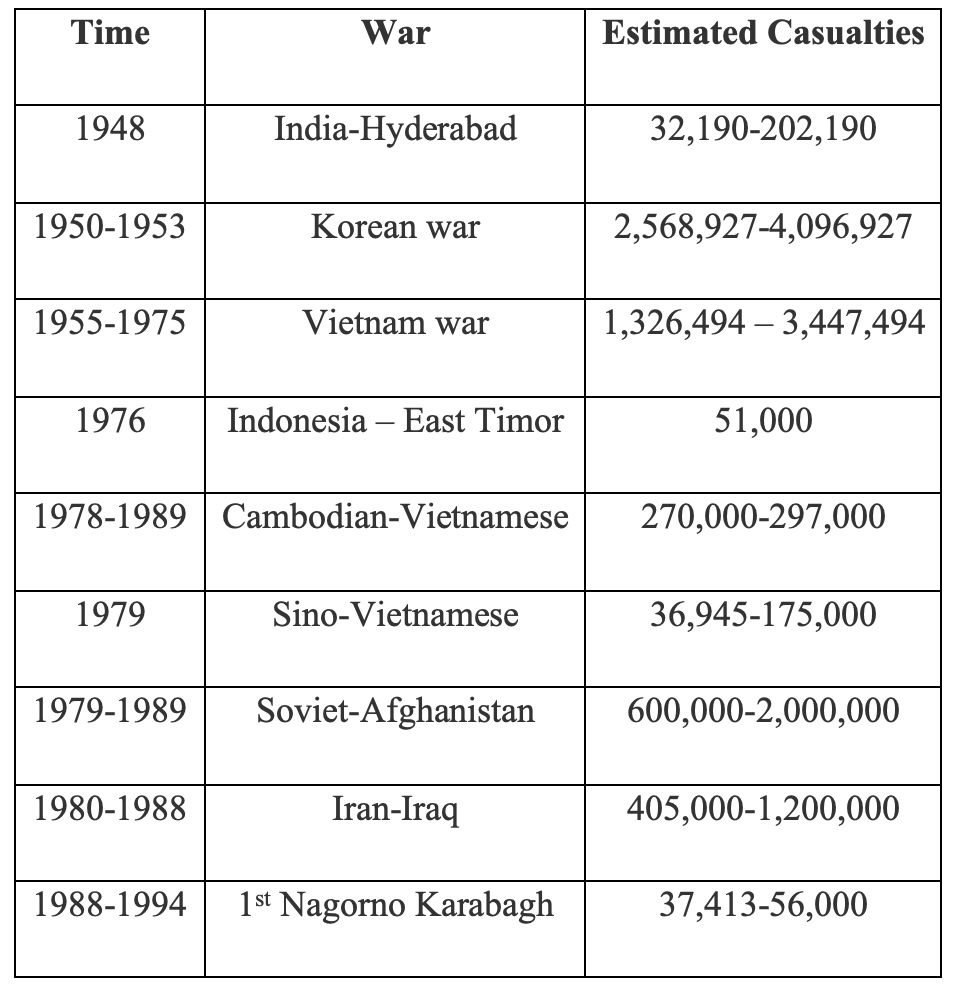
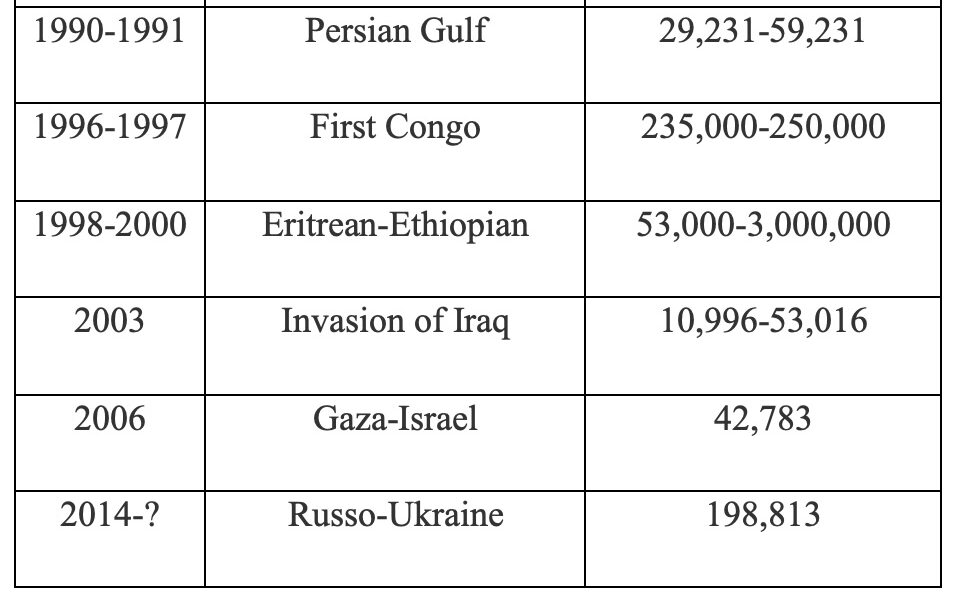



 Figure 3 – Gross government debt in 2023 of leading developed countries as a percentage of their GDP (Source:
Figure 3 – Gross government debt in 2023 of leading developed countries as a percentage of their GDP (Source: 